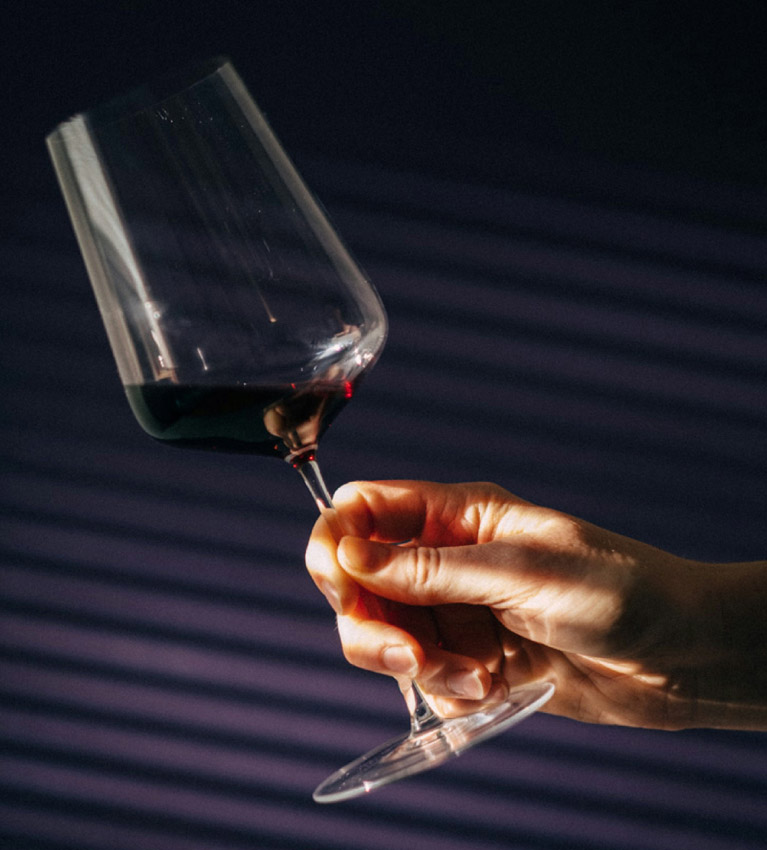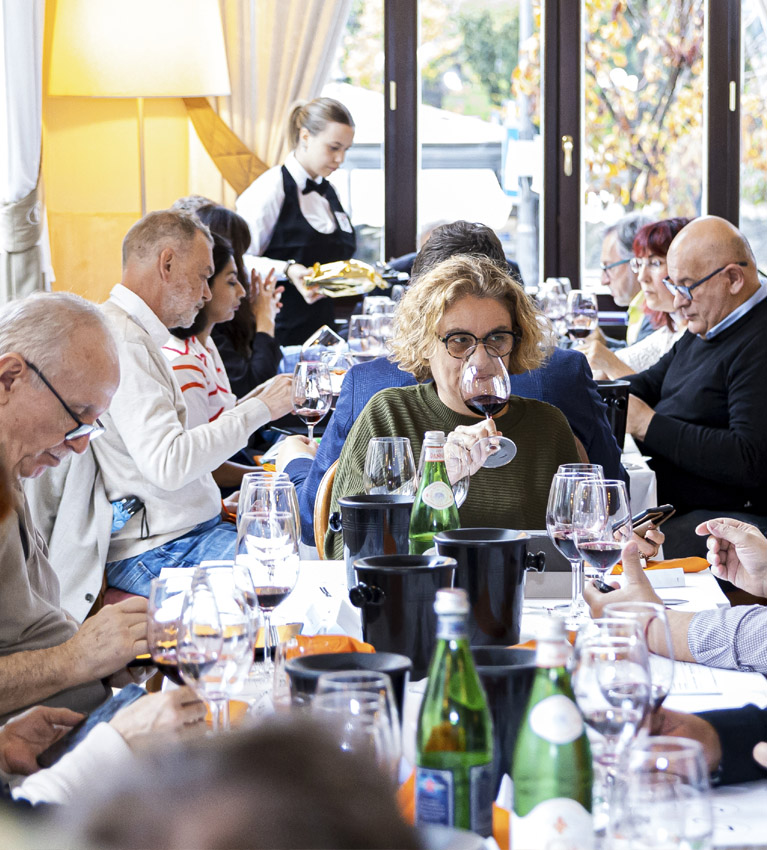
A Deeper Dive Into Local
November 20, 2025

Redefining High-End Travel
November 13, 2025
Will Malta Shine Again This Year at Emozioni Dal Mondo ?
November 20, 2025In this second part of his feature, Victor Calleja delves into why some restaurateurs are opting to source locally, and the challenges they face.
What ends up on our plates is often shaped by decisions made far from the dining table. In this second part of his feature, I spoke with another three chefs who are choosing to work more closely with local producers.
Not because it’s easy, but because it makes sense. From dealing with erratic supply to navigating the realities of cost and climate, they talk honestly about what it really takes to go local, and why, despite the effort, they’re sticking with it.
Manuel Schembri, chef patron at Verbana, uses plenty of produce from the farms they own, while working with other local farmers. “Sourcing more ingredients is timeconsuming but worthwhile in the long term for us and for our clients,” he says.
Other challenges faced by local farmers and restaurants are connected to climate, such as the summer drought. But, Manuel adds with a smile: “ We always try to find a way forward. Innovation has to set in at all levels.”
Another positive aspect he highlights is that “the authorities do help us by promoting and protecting young farmers. This ensures that we can offer more local and sustainable ingredients to help us use the freshest and finest ingredients.”
Robert Cassar, chef patron at Root 81, thinks that, “Ultimately, the most impactful shifts happen when both diners and restaurants collaborate, fostering a culture promoting sustainability, quality and innovation.
Robert believes that the initial innovative spark that changes or reintroduces the idea of going back to local can come from diners or chefs. Diners may demand change, but restaurants, especially when led by passionate chef patrons, often set trends.
Going local might be hard work but this leads to more innovation, more interaction with the local community and it leads to much better storytelling about the food on offer. It’s also healthier and tastier so it’s definitely better to go local.
Finally, I spoke with Malcolm Bartolo, chef patron at Townhouse No 3. He agrees that more should be done to spotlight and treat in a special way the restaurants that go local. “One idea,” Malcolm suggests, “could be that restaurants are awarded a 'Local Produce' stamp. This would only be achieved on submission of fiscal receipts from producers like farmers, fishmongers, and winemakers.
Once a restaurant is thus classified, it should be able to benefit from a lower income tax or VAT rate which would then be passed on to the diners. Using local is fresher and more sustainable, and reduces the carbon footprint.”
Like all other chefs involved in this move to go local, Malcolm admits that taking this route is easier said than done: it requires a lot of time and effort chasing producers whilst hoping for consistent products. He adds, however, “that since we opened Townhouse No 3 in 2017, we have believed in, and practised that philosophy”.
According to Malcolm, one week you could have an amazing product, while the following week you either don't find it or find an inferior one. And there aren’t too many diners willing to pay more for better-sourced ingredients.
“For guests dining at Maltese restaurants, prices are already on the high side when using mediocre produce. I feel rather privileged: my restaurant is pretty small, with a faithful niche clientele,” he concludes.
There are other aspects to consider. The time it takes to source local ingredients, challenges posed by our climate, and how grants could be used to support such efforts. I’ll be tackling these, and some other issues, in a future edition of Horeca Malta.

Victor Calleja
Victor Calleja is a writer and columnist for Malta’s leading newspaper. For a number of years he edited Insider, a gastronomy and hospitality magazine. He also edited Archetype, centred around urban living. Victor loves anything connected to words, food, travel, and storytelling.
vc@victorcalleja.com
Click here to see Horeca Issue 21 online



